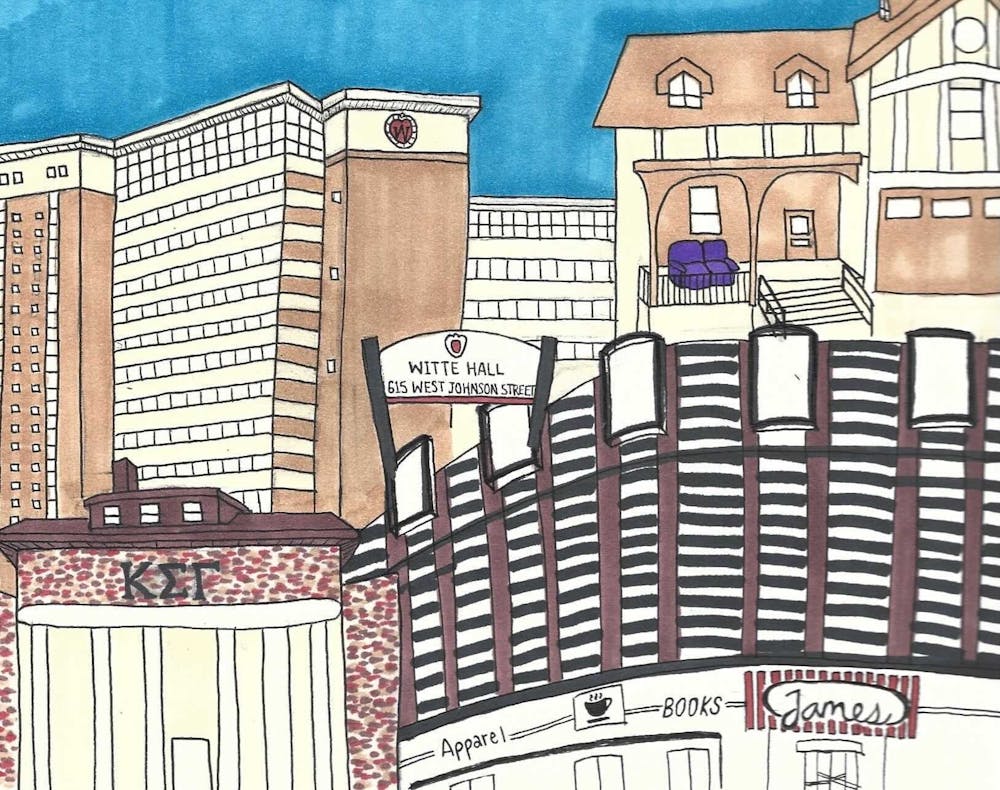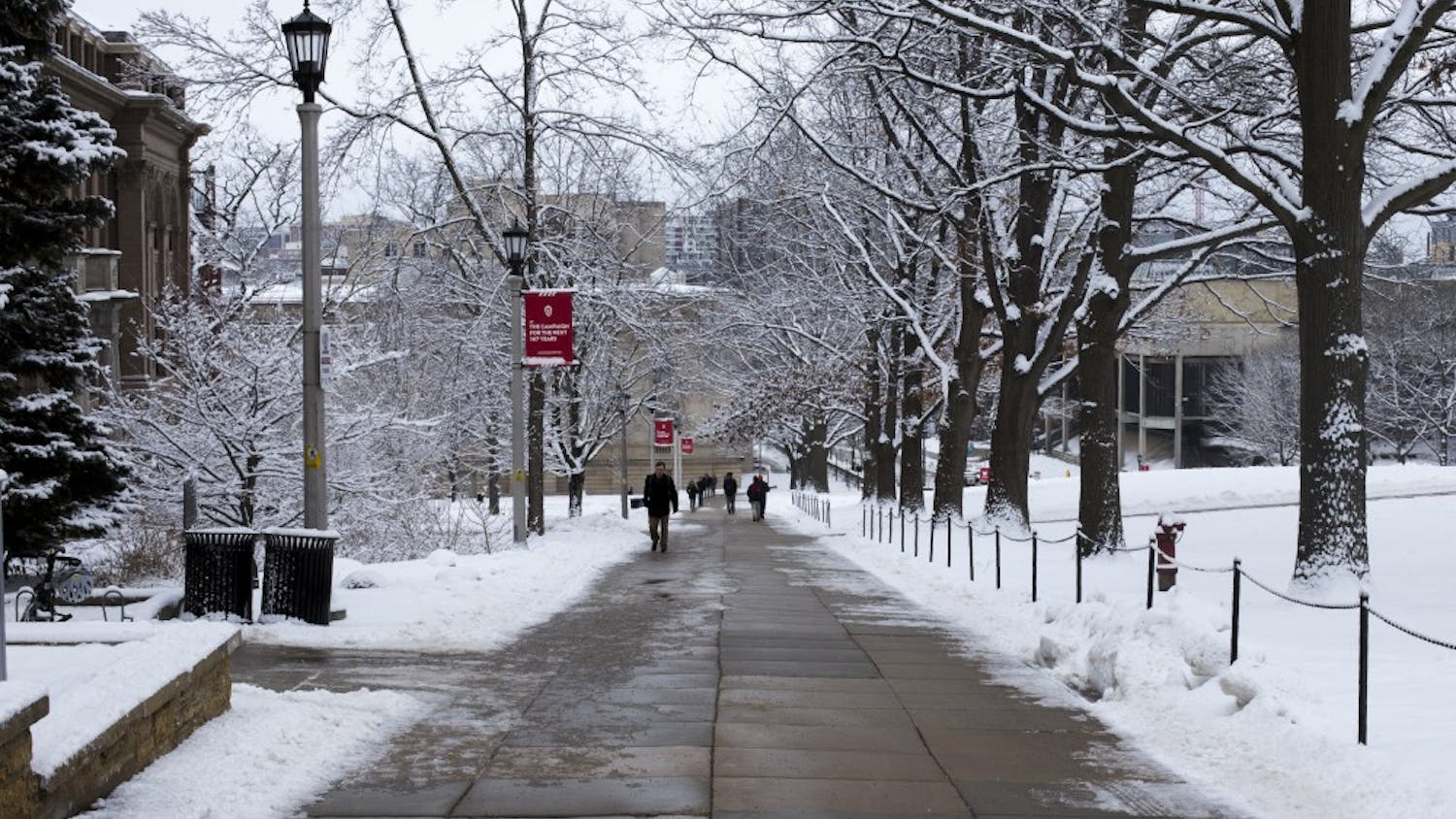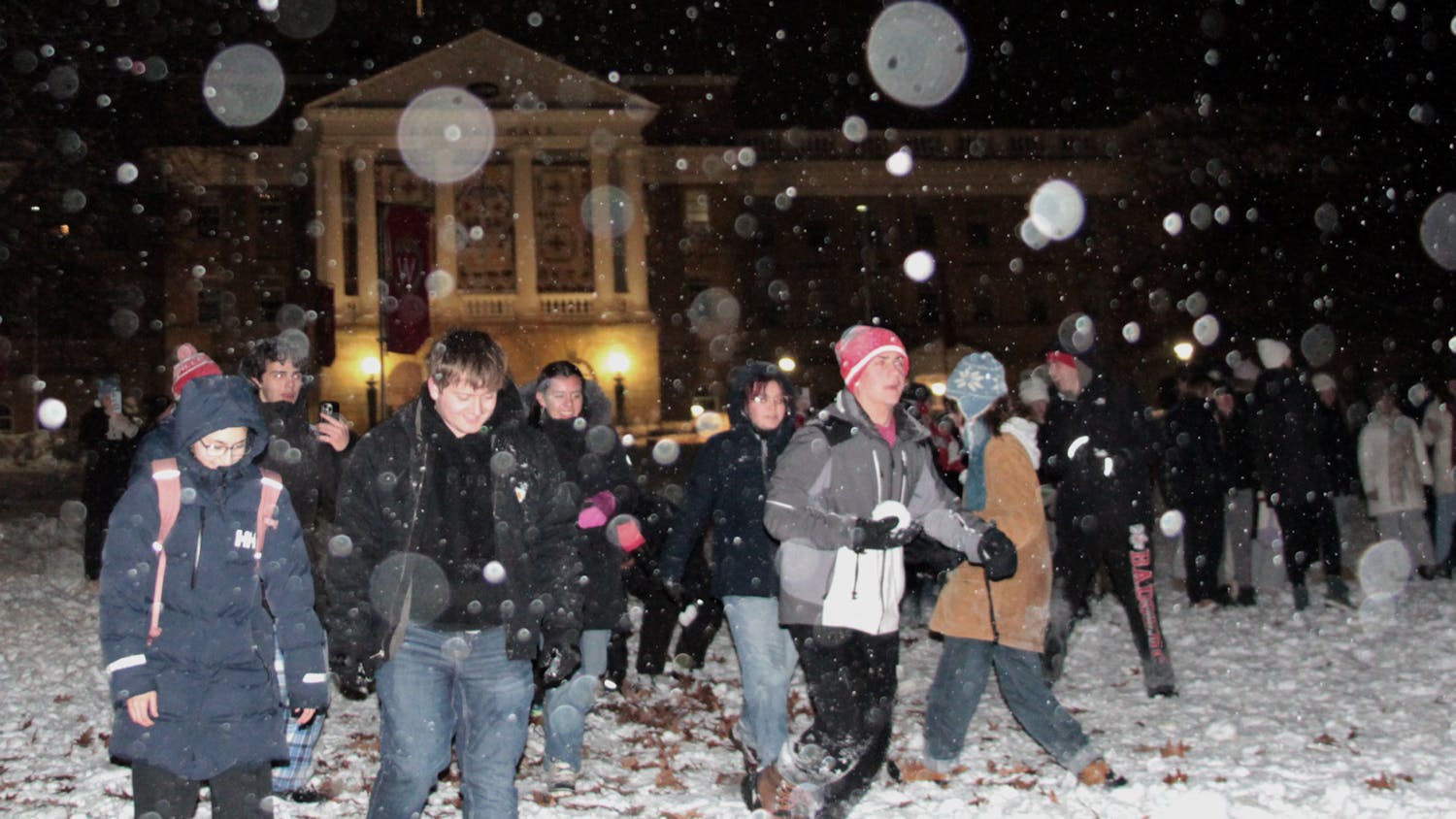From Gordons to State Street, Witte to the Hub, the way in which students view the University of Wisconsin-Madison is greatly impacted by the place in which they live. A naive freshman immediately feels overwhelmed by the immensity of this institution as they are swarmed by thousands of students walking from place to place. The community that is created by freshmen dorms allows for these intimidated individuals to make a large campus feel a little bit smaller.
The walk to State Street for the residents of the Southeast dorms seems like a quick trip, but for those cursed with the Lakeshore dorms, this simple walk turns into a treacherous hike. During the winter especially, the study rooms within these residence halls become a lot more appealing, rather than making the trek to Memorial Union in the frigid weather.
As sophomore year approaches, UW-Madison students tend to either live on Langdon as they join Greek life, or live in one of the many apartment complexes scattered throughout and around campus. Due to the hefty cost of living in Madison, it can be difficult to find a reasonably priced living situation, but not impossible. It is financially smarter to choose a cheaper place to live, rather than one of the popular apartment complexes, as a broke college student would benefit from saving money for other purposes.
The locations of some buildings, like that of Waterfront and the James, tend to be ideal in comparison to that of places near Regent Street or Union South. However, there are still complexes that are monetarily reasonable, like that of the Lumen House or simply renting a home, within walking distance to all the commotion in Madison. The distance to State Street — the center of food and activities — seems to be the deciding factor in what makes the location of a living space superior to another. Where one lives certainly affects the way in which their everyday life flows.
The transition into junior year continues this trend of choosing to be closer to the action, rather than an apartment or house that will be closer to academic buildings, as they are very spread out, making it difficult to pinpoint a location which would be convenient for a walk to class. The center of campus becomes a home of sorts, as hours are spent studying at Memorial Union, the Historical Society or College Library.
As senior year finally rolls around, many students live in the apartment buildings, like the Hub, or on Mifflin Street. These two popular spots are essentially passed down through friends, causing incoming freshmen to create this stereotypical path of where one typically lives each year. As a freshman, the Capitol building seems lightyears away and needs a day of planning or a reservation in order to get new students to make the journey. However, to upperclassmen, the Capitol is geographically closer, so it is visited more frequently. These trips to the Capitol may not be for political reasons, but the appealing restaurants around this area tend to attract these individuals. Simple observations like this creates students well-versed in the layout of the university throughout their years in college.





